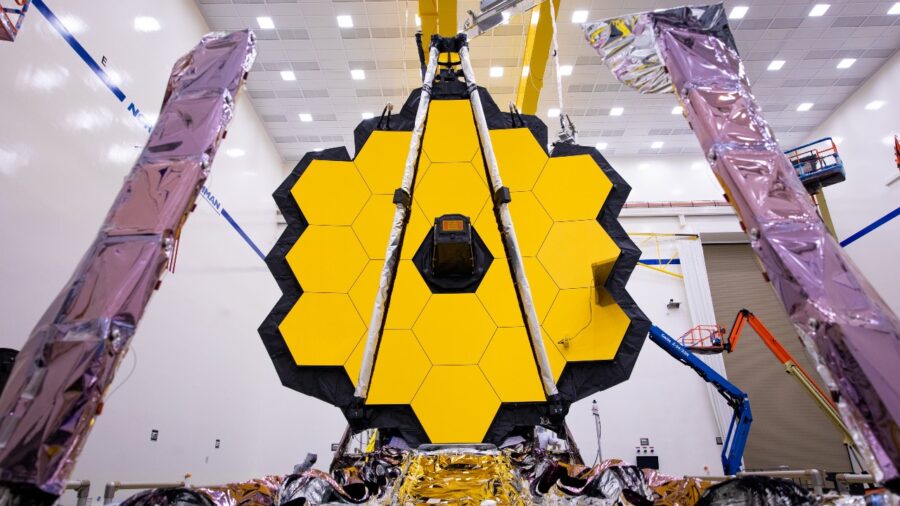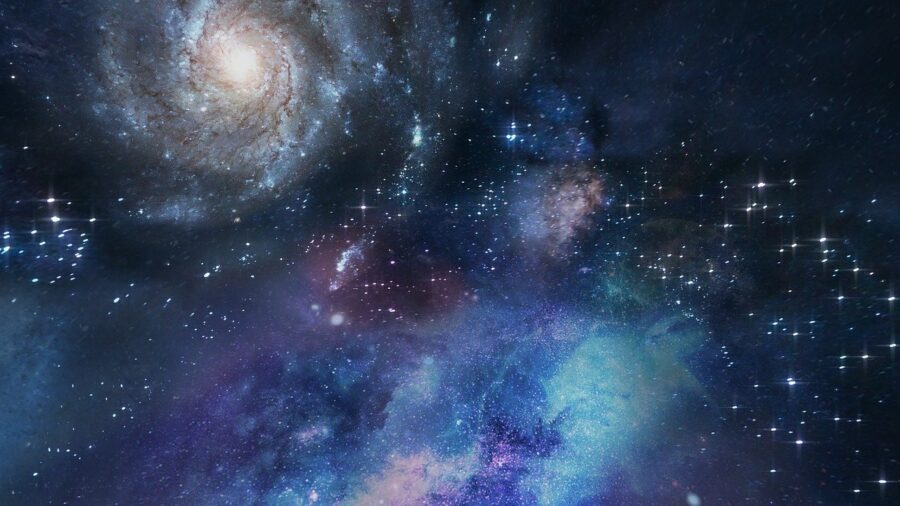Scientists Discover The Coldest Ice In The Universe
Scientists have discovered space ice in asteroids that drops to minutes 440 degrees Fahrenheit.

Thanks to the James Webb Space Telescope, scientists have observed ice that reaches temperatures lower than anything ever recorded. As explained on Nature.com these ice formations occur in interstellar clouds before a star is formed. The JWST is the first telescope powerful enough to observe the ice growing within these clouds and has opened a whole new world of opportunities for astronomers.
Outkast once famously asked, “what’s cooler than being cool?” and now scientists have an answer: minus 440 degrees Fahrenheit (minus 263 degrees Celsius). That’s the temperature of the ice found in the Chameleon 1 space cloud. A temperature that is hundreds of degrees below freezing no matter which scale you use to measure it.
The ice was found when scientists pointed the Webb telescope at a particular cloud named Chameleon 1, after the Chameleon constellation where it resides. At a meager 500 light years away, Chameleon is one of the nearest regions of space scientists can observe where stars are currently forming.
The Chameleon constellation is full of dark molecular clouds so dense with gas and dust that visible light can not make it through them. It’s within these dense clouds that what will eventually become stars and planets is born. The chemicals and potential building blocks for living organisms that will determine what kind of stars or planets are created reside within the ice formations discovered with the James Webb Space telescope.

The ice of Chameleon 1 was discovered to contain several important life-sustaining compounds, including carbon dioxide, carbon monoxide, water, ammonia, and methane. The Webb space telescope was even sensitive enough to observe traces of carbonyl sulfide ice within the cloud allowing scientists to measure how much sulfur is contained within the cloud potentially.
According to Melissa McClure, an astronomer at Leiden Observatory in the Netherlands, “This is the first time researchers have been able to study the composition of so-called pre-stellar ices near the center of a molecular cloud.”
The discovery of the ice is just many of the discoveries scientists have been able to achieve thanks to the James Webb Space Telescope and its unprecedented ability to see into the farthest reaches of space. Since the Telescope was first launched in 2021, it’s proven time and time again to be more effective than its predecessor, the Hubble telescope. The Webb telescope has even been used to detect starlight from Chariklo, a star over 2 billion miles past the orbit of Saturn!
With the James Webb Space telescope at their disposal, scientists are sure to keep observing phenomena they’ve only previously theorized the existence of. The ice formations inside Chameleon 1 are–if you’ll excuse the pun–merely the tip of the iceberg.
The discovery of the coldest ice in space may not seem important on the surface, but the more scientists are able to observe within the deep vacuum of space, the greater their understanding of the origins of life down here on earth. With the discovery of this ice and the molecular building blocks within, we are now one step closer to unraveling the secrets of the universe and our own origins as a species.












